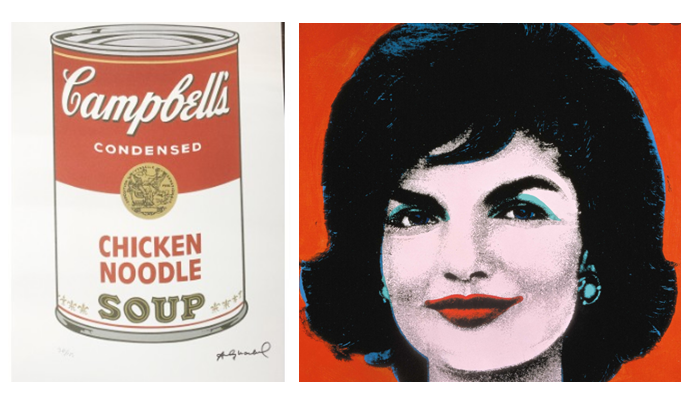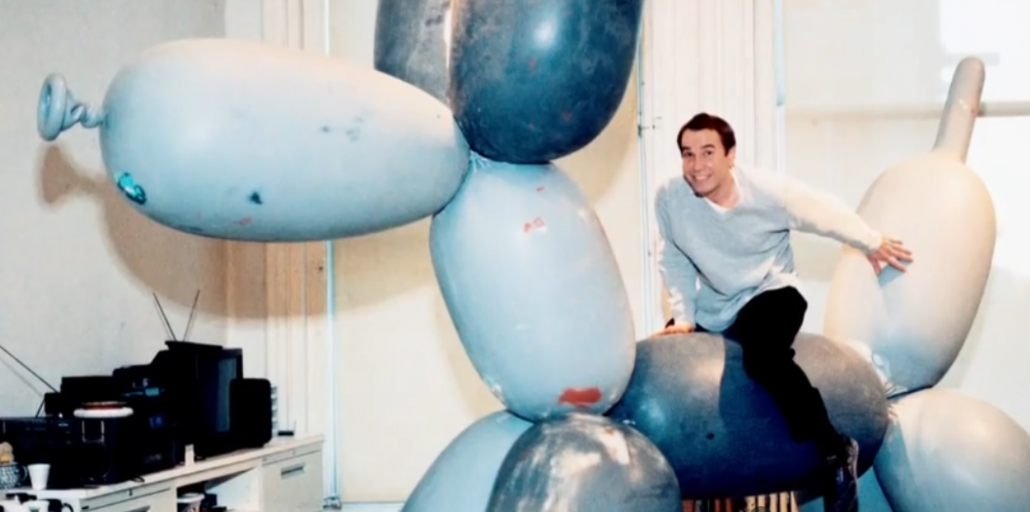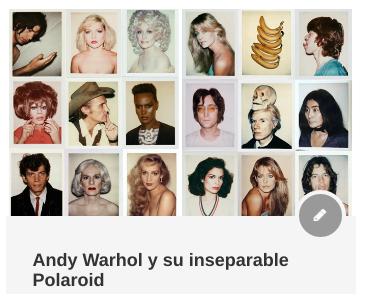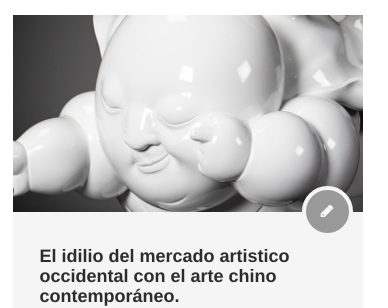Advertising and the mass media: from pop art to neo-pop.
The rise of mass consumption would forever transform the concept of art. Until the 1940s, avant-garde art had been associated with conceptual or expressive depth, and was destined for the delight of an elite cultured. Despite wanting to be anti-bourgeois, many breakthrough movements end up being highly elitist, an art for initiates.
Pop Art, although it was born in England (the starting gun was given by Richard Hamilton with his humorous collage “What makes today’s homes so different, so funny?”), It was in the USA that it found its ideal habitat to grow.
The entry of televisions into homes, the economic boom that made the middle class prosper, the hedonistic worlds that Hollywood cinema and advertising inoculated at all hours to leave behind the aftermath of World War II …, they were the broth cultivation for a new artistic trend to triumph as no other had done: deep down, Pop Art would oppose the banal, against the artisan it would vindicate mass production, and against the philosophical seriousness it would opt for light-hearted humor.


Many of the key figures of this trend had been trained in the world of advertising: Warhol He was an illustrator for Glamor magazine and a shoe designer, James Rosenquist painted billboards… The comic book aesthetic would occupy a stellar place (as in Lichtenstein painting ), Marilyn and Jackie Kennedy would replace the painting virgins and martyrs of yesteryear, gas stations and supermarkets would be the new temples, and their tin cans their sacred icons.
The borders between high and low culture were dissolved, and since then the breakdown of hierarchies between the high and the popular continues completely in force, like so many other concepts introduced in the fifties of the last century. The current neo-pop, however, logically has its own connotations because the time is different: globalization, problems with immigration, hypercapitalism… they have given the pop aesthetic a more committed tone. The paradigmatic example of this is Banksy, who uses advertising language to criticize the stereotypes that advertising itself imposes, but also to laugh at the art world and to bring institutional violence or the drama of refugees to the table.
 Other neo-pop artists, on the other hand, are characterized by ironically exploring the limits of good taste and kitsch, such as Jeff Koons and his emblematic “Balloon”: a sculptural series representing dogs and hearts that simulate birthday party balloons. His eagerness is merely celebratory , says the artist, always avoiding any type of second reading of his works.
Other neo-pop artists, on the other hand, are characterized by ironically exploring the limits of good taste and kitsch, such as Jeff Koons and his emblematic “Balloon”: a sculptural series representing dogs and hearts that simulate birthday party balloons. His eagerness is merely celebratory , says the artist, always avoiding any type of second reading of his works.
Pop and neo-pop works by the aforementioned artists can be purchased through Setdart’s online galleries. In these weeks, Setdart Auctions is putting out to tender works by a Valencian artist, Antonio de Felipe, a worthy follower of these trends. See, for example, “Harley-Davidson Cow” or “Coca-Cola Cow” (lots 35296117 and 35196116, among others).
“Ingenious, sexy, glamorous, forever young … that’s how the art of tomorrow will be,” said Richard Hamilton in the 1950s. Promises kept.





